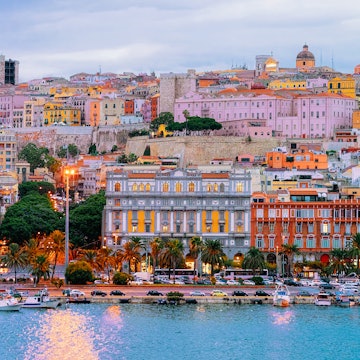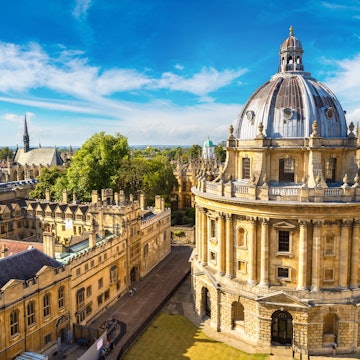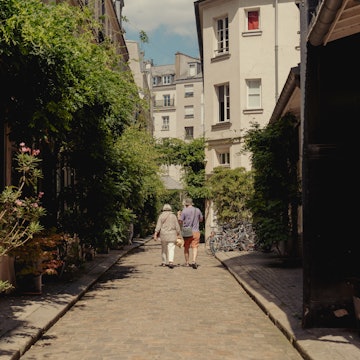
The 9 top things to do in and around Trieste, Italy



Trieste's Canal Grande swims with the grandeur of times past. Filippo Ferraro/Shutterstock
Talk with a triestino and they’ll describe their hometown as both a vital hub of Italian culture and an outpost. On one hand, vibrant Trieste is a historic crossroads, and the former principal port city of the Habsburg Empire – as well as being the source of some of Italy’s favorite coffee, thanks to local roasters Illy and a string of smaller, artisanal producers.
At the same time, Trieste sits on Italy’s farthest fringes, just edging onto the Italian map at the top of Slovenia. Here, Austro-Hungarian, Italian and Balkan culture collide, with Jewish, Hellenic and Germanic influences thrown in for good measure. Trieste is both proudly Italian and keenly cosmopolitan, and for that, both locals and visitors love it.
Founded in pre-Roman times, Trieste preserves its unique border-town culture, encapsulated in the local architecture and cuisine and the Triestine dialect, a curious mélange of Italian, Austrian German, Croatian and Greek. Yet the city lies off the mainstream travel radar, despite easy air and rail links to Italian hub cities such as Rome, Naples and Venice and the rest of Europe.
What is there to see? Well, Trieste’s graceful waterfront is lined with portentous neoclassical architecture to rival London or Athens, and the views across the blazing-blue Gulf of Trieste are considerably more eye-catching. On arrival, head to the waterfront to take in gorgeous vistas of sleek white yachts, the city’s elegant lidos, and the hazy, vineyard-draped hinterland, then dive into this list of the best things to do in Trieste.
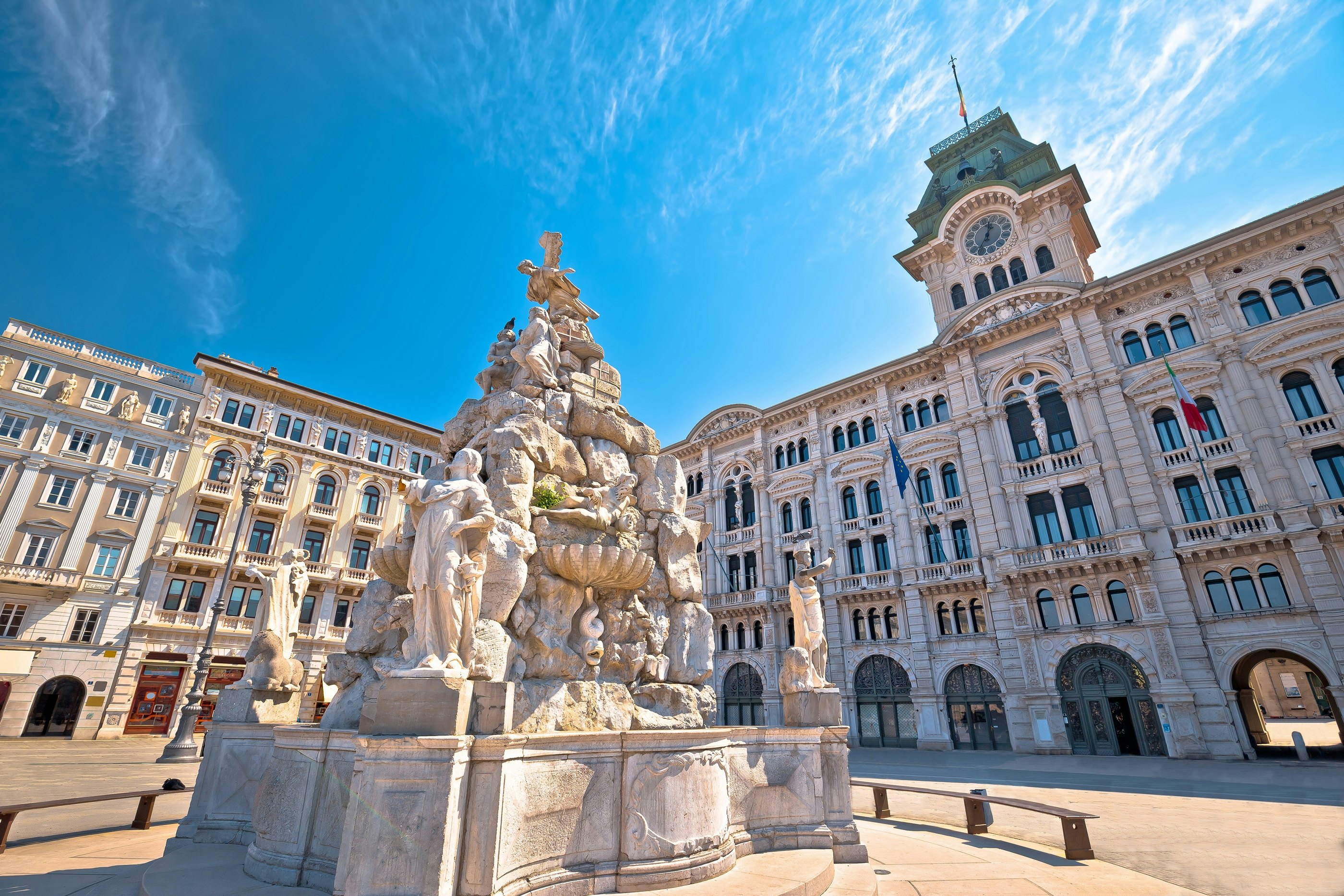
1. Explore Trieste’s grand central square
The multiple personalities of this freethinking city are best discovered in Trieste’s historic heart, which has its own unique character. Pay attention to Trieste’s handsome main square, the Piazza dell’Unità d’Italia. Where is the duomo (cathedral)? There isn’t one – a rarity in Italy for any square, let alone the main square.
Instead, you can drop by the Byzantine-style Serbian Orthodox Chiesa di Santo Spiridione from 1868, and the neoclassical Catholic Chiesa di Sant’Antonio Taumaturgo from 1842, which duel for domination of the Venetian-style Canal Grande. Then there’s the imposing and richly decorated neoclassical Synagogue of Trieste – one of Italy’s most beautiful and most important Jewish places of worship.
2. Explore Trieste’s rich (in every sense) past
Trieste’s port-driven wealth is evident at the extraordinary house-museum Museo Revoltella, home to an incredible art collection amassed by wealthy timber magnate Pasquale Revoltella, who patronized and publicized artists from across the region – a legacy continued by the city authorities today thanks to a generous bequest.
Of course, Trieste’s mercantile might was a relatively recent phenomenon, kick-started in 1719 when the Habsburg Emperor Charles VI declared the city a free port. Traces of older Trieste can still be spotted in the streets, however. The ancient remains of the city’s Roman theater face off with the Mussolini-era Casa del Fascio (1934), now Trieste’s police headquarters, just south of the center.
Nearby is the Arco di Riccardo from 33 BCE, which the English king Richard I reputedly visited en route to the Crusades in the 12th century. Just down the road, sections of Emperor Octavian’s Roman walls can be seen at the Antiquarium di via del Seminario.
Planning tip: For a glimpse of how the Romans of Tergeste (the old name for Trieste) lived, unearthed artifacts can be viewed at the Civico Museo d’Antichità JJ Winckelmann.
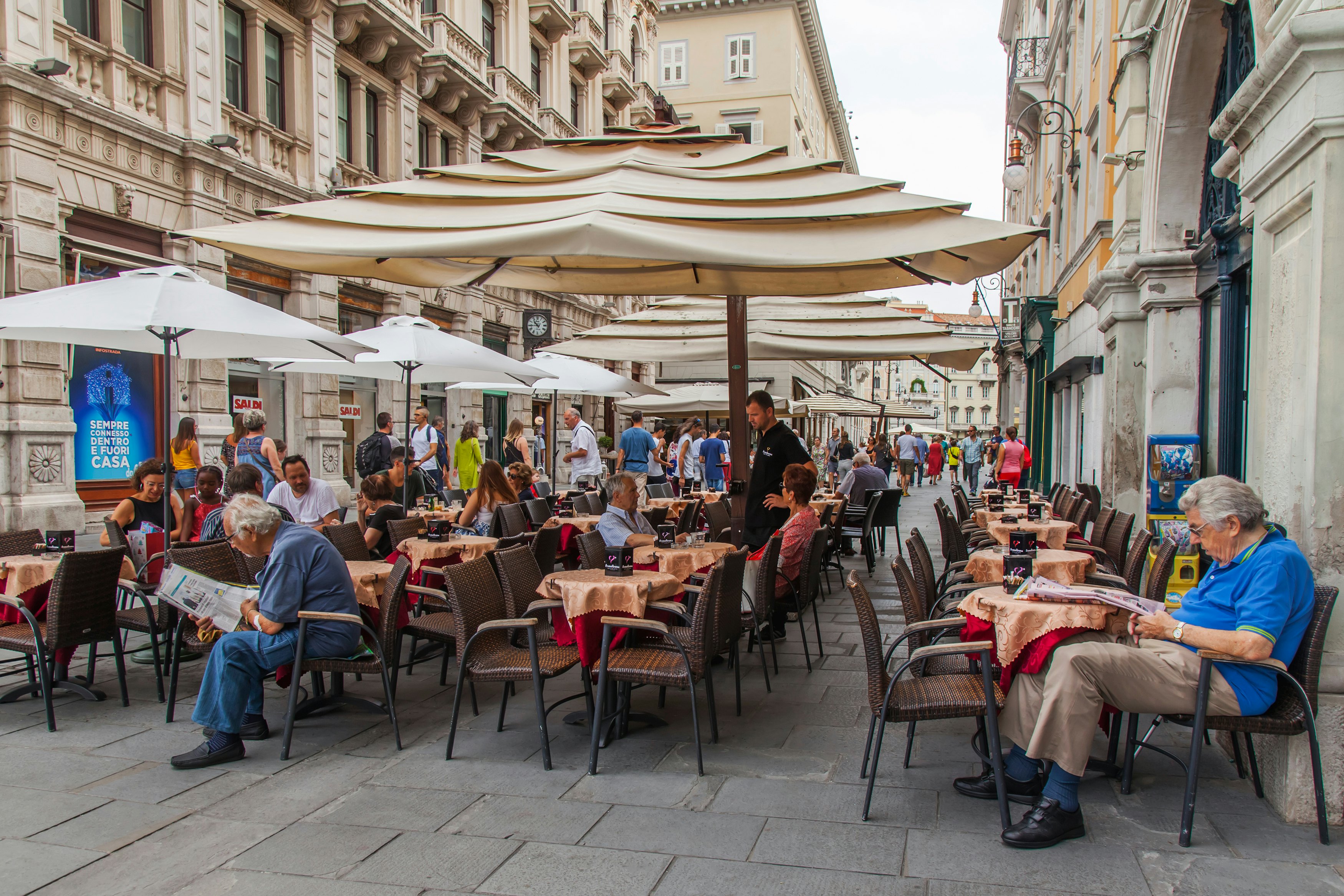
3. Sample Trieste’s pan-Adriatic flavors
For sustenance with a cross-border flavor, roam the restaurants in the center, just inland from the waterfront and the marina. There are spicy Serbian sandwiches at Rustiko and juicy baked ham with fresh grated kren (horseradish), capuzi (sauerkraut) and senape (mustard) at Austro-Hungarian holdout buffet restaurants such as Buffet da Pepi and Da Siora Rosa – here, the buffet is a gourmet experience rather than a no-frills fill-up!
It’s also worth diving into the city’s Guilian-style seafood restaurants, where the influence of Venice sings out clearly. Try old-school Osteria de Scarpon, where the remarkable spaghetti allo scoglio (seafood spaghetti) easily feeds two, or duck into Trattoria Nerodiseppia for gracious service and inventive seafood dishes such as Trieste-style sardines and sea bream carpaccio.
Chef Marko Durdevic takes the city’s fusion flavors into modern territory at alley-side Al Petes, where elegant presentation marks out delicious dishes blending Adriatic, Mediterranean and Asian notes. Finish with standout gelato at Gelato Marco; the crush of patrons spilling out the door and down the street says it all!
Planning tip: Italian foodie tour specialist Cesarine can arrange private cooking classes in Trieste, where you’ll learn to make local specialties.
4. Sample Trieste nightlife
Nightlife in Trieste may not have the unrestrained vigor of Rome or Naples or the chichi glamor of Milan, but local bars are friendly, welcoming and unpretentious. Start a lively evening just inland from the waterfront with an Aperol spritz at Urbanis or an inventive cocktail at Mast, or head to Al Barcolla Cavana for quality drinks and snacking bites.
Trieste’s top spot for craft-beerologists is Mastro Birraio, a darkish drinking den that leans heavily into local and regional beers and rarer Belgian imports. Meanwhile, Hops Beerstró offers 12 taps of excellent craft beer on pedestrianized Via Di Cavana, backed up by chef Jan’s globally inspired menu.
Detour: For a touch of glam, head to Pier The Roof, perched atop the Marina San Giusto yacht club; this is Trieste’s top spot for sundowners and watching the lights come on over the bay.
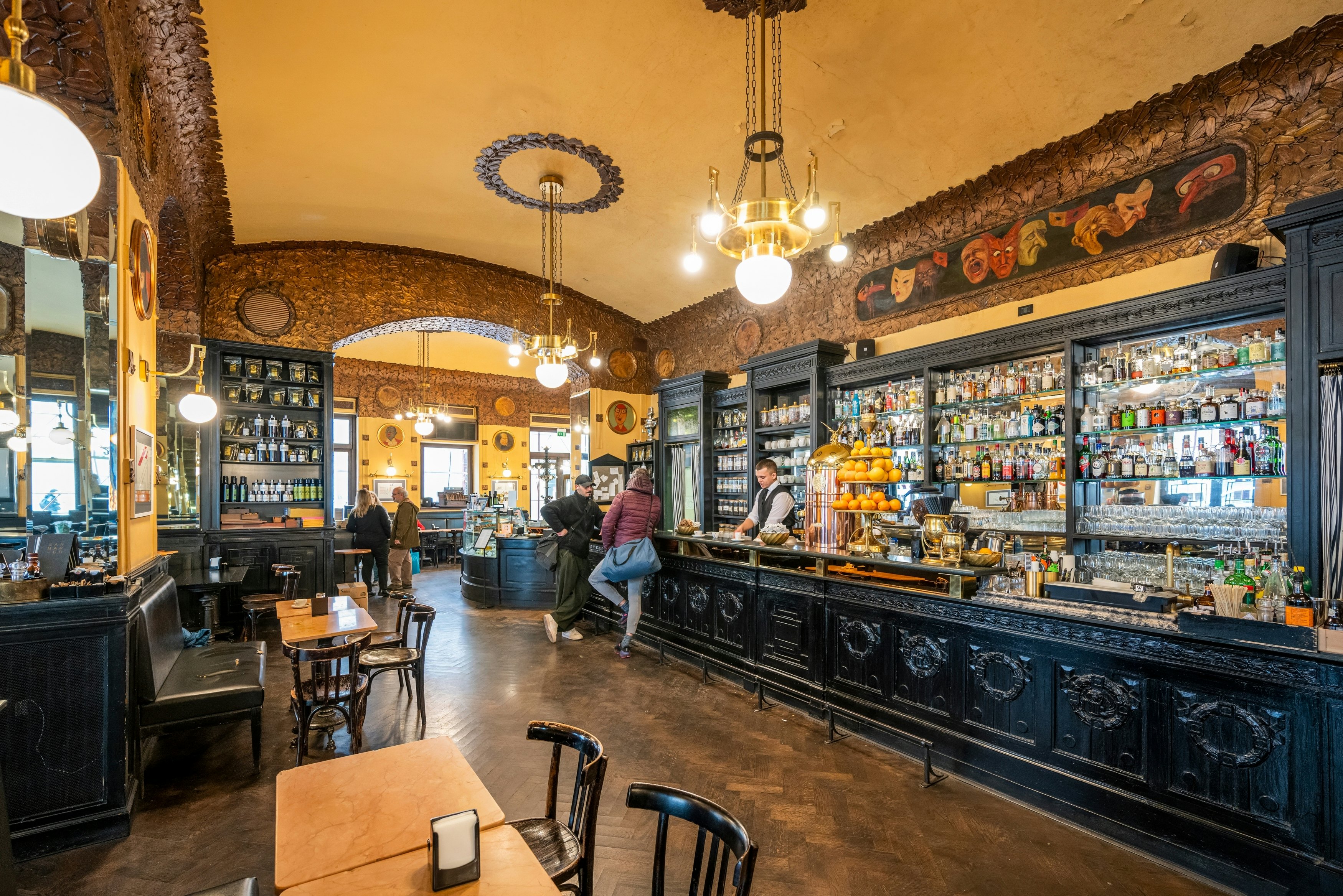
5. Drink deep of Trieste’s coffee culture
One of Trieste’s great pleasures is grabbing a coffee in one of its many historic cafes, which are awash with the splendor of bygone days. Trieste was once the main port of arrival for coffee beans for the Habsburg Empire, and local brand Illy rivals Turin-based Lavazza when it comes to popularity across Italy. But first things first – Trieste speaks its own coffee language, and locals order nero (espresso), capo (macchiato), caffe latte (cappuccino) and goccia (espresso with a drop of frothed milk).
Practice your newfound coffee ordering skills at Caffè degli Specchi; the mirrors (specchio) that give this historic 1839 cafe its name were mostly destroyed in WWI, but the embedded ceiling fresco is original, and this is the ultimate Piazza dell’Unità front-row seat, especially at sunset. At the contemporary-styled Urbanis, the original mosaic floor dates to 1832 and features symbolic representations of La Bora – the Mediterranean’s most violent and turbulent wind.
Charming Caffè Tommaseo has hardly changed since its 1830 opening, with richly decorated stucco ceiling reliefs, primrose-yellow walls, lion-footed tables and Viennese mirrors. James Joyce and Italian Poet and novelist Umberto Saba came here for the gelato (pistachio, per favore), while Italian writer and politician Claudio Magris can often be found here admiring the view.
Finally, there’s Antico Caffè San Marco, another favorite of Saba, Joyce and writer Italo Svevo; it was heavily damaged in WWI but retains its original ornate balcony, coffee-leaf-themed gilt and the theatrical mask paintings that were used to cover male nudes during the Fascist era.
Detour: For quality Trieste coffee to take home, Torrefazione La Triestina is an old-fashioned coffee shop that offers the chance to try before you buy.
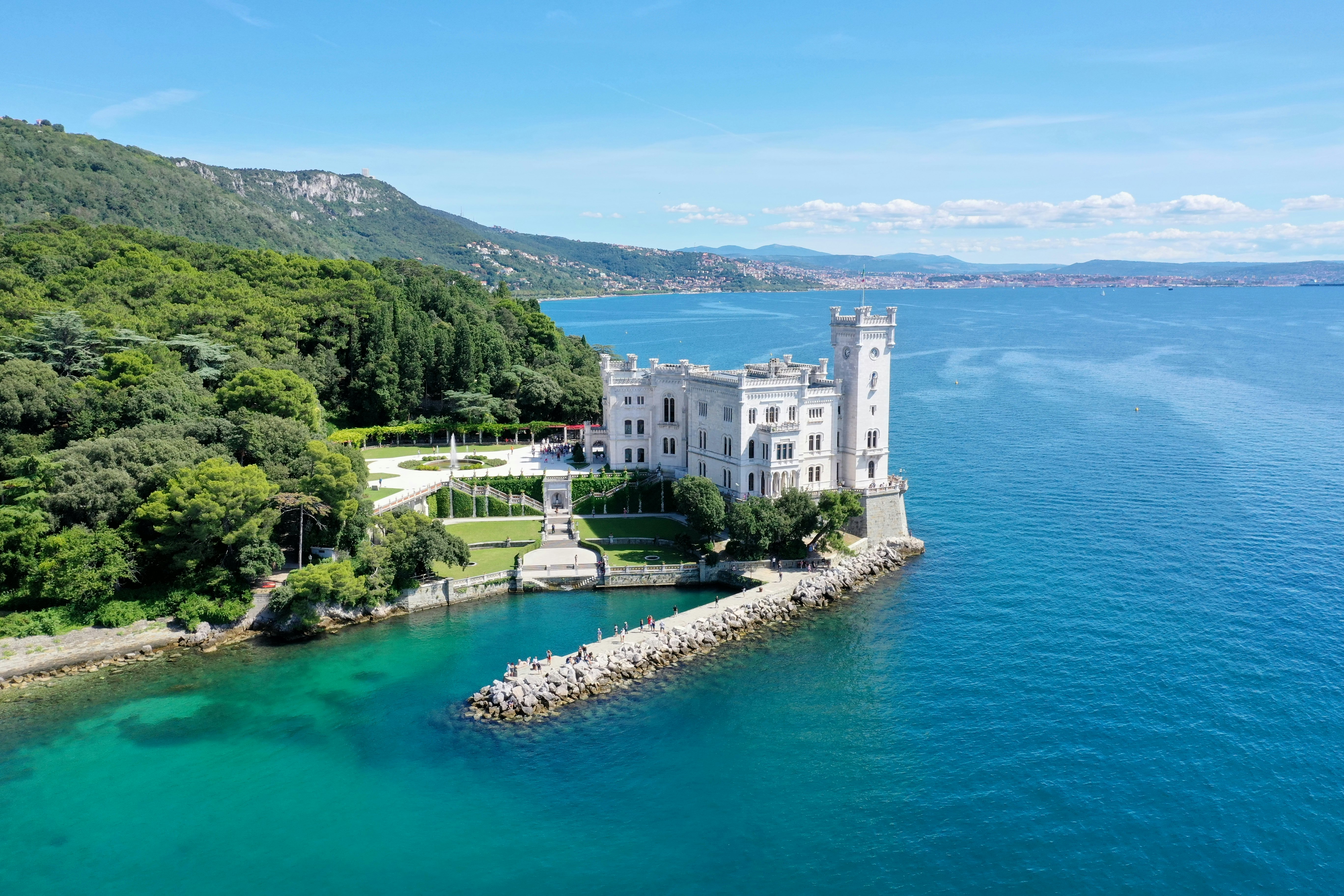
6. Explore Maximilian’s Miramare
Sitting on a rocky outcrop 7km (4.3 miles) from Trieste, the fanciful, neo-Gothic home of the hapless Archduke Maximilian of Austria – Castello di Miramare – is the city’s elegant bookend. Fans of heist movies might recognize the castle from the Netflix crime caper Lift with Kevin Hart.
Castello di Marimare’s decor reflects Maximilian’s wanderlust and various obsessions of the imperial age. One bedroom is modeled after the Archduke’s cabin on the SMS Novara, the Austro-Hungarian Navy steamer on which Maximilian and his wife Carlota departed Miramare bound for Mexico in 1864.
Other highlights include ornate Asian-themed salons, a red-silk-lined throne room and the exquisite wood paneling that covers numerous walls and ceilings. Upstairs is a lavish suite of rooms used in the 1930s by military hero, the Duke of Aosta, furnished in the Italian rationalist style.
Planning tip: The castle is the turnaround point for boats during Trieste’s annual Barcolana Regatta every October, when the gulf becomes a living garden of sails. The castle grounds are a great spot to take in the action, or you can watch sailing boats start from Pineta di Barcola park in Barcola, or finish in front of the central Trieste marina.
7. Take a wine tour of Il Collio
Shared between Italy and Slovenia, the Il Collio wine region has a sunny, breezy microclimate that conspires with the marlstone soil to produce grapes of astonishing fragrance and minerality, yielding some of the finest DOC-accredited white wines in Italy. With its vine-covered hillsides, excellent restaurants and smart farmhouse accommodation, Il Collio is a fascinating day-trip destination as yet untapped by mass tourism.
The Italian part of Il Collio is focused on the charming hamlets of San Floriano del Collio, Cormòns and Dolegna del Collio. After sampling from a wine list of 300 local wines at Enoteca di Cormòns in the Habsburg town of Cormòns, call ahead to reserve a tasting at Russiz Superiore, where hotshot sixth-generation winemaker Ilaria Felluga produces the award-winning Collio Bianco; the extraordinary cellar packed with decades-old bottles covered in crusts of dust is worth the trip alone.
Gradis’ciutta, the first and biggest organic winery in Il Collio, epitomizes the cross-cultural character of the region, collaborating with Slovenian winemakers and producing a fine Metodo Classico Spumante using grapes split 50/50 between Italian and Slovenian vineyards. Or, stop by Paolo Caccese and sample a bottle of the winemaker’s excellent Malvasia.
Detour: Clear your schedule for a night with Michelin-starred chef Antonia Klugmann at L’Argine a Vencò, sampling menus that draw on ingredients foraged right outside the recently restored 17th-century mill connected to the restaurant. The fiercely seasonal, ever-changing Nostro Menù is a seven-course journey rivaling even three-star Michelin establishments in Italy.
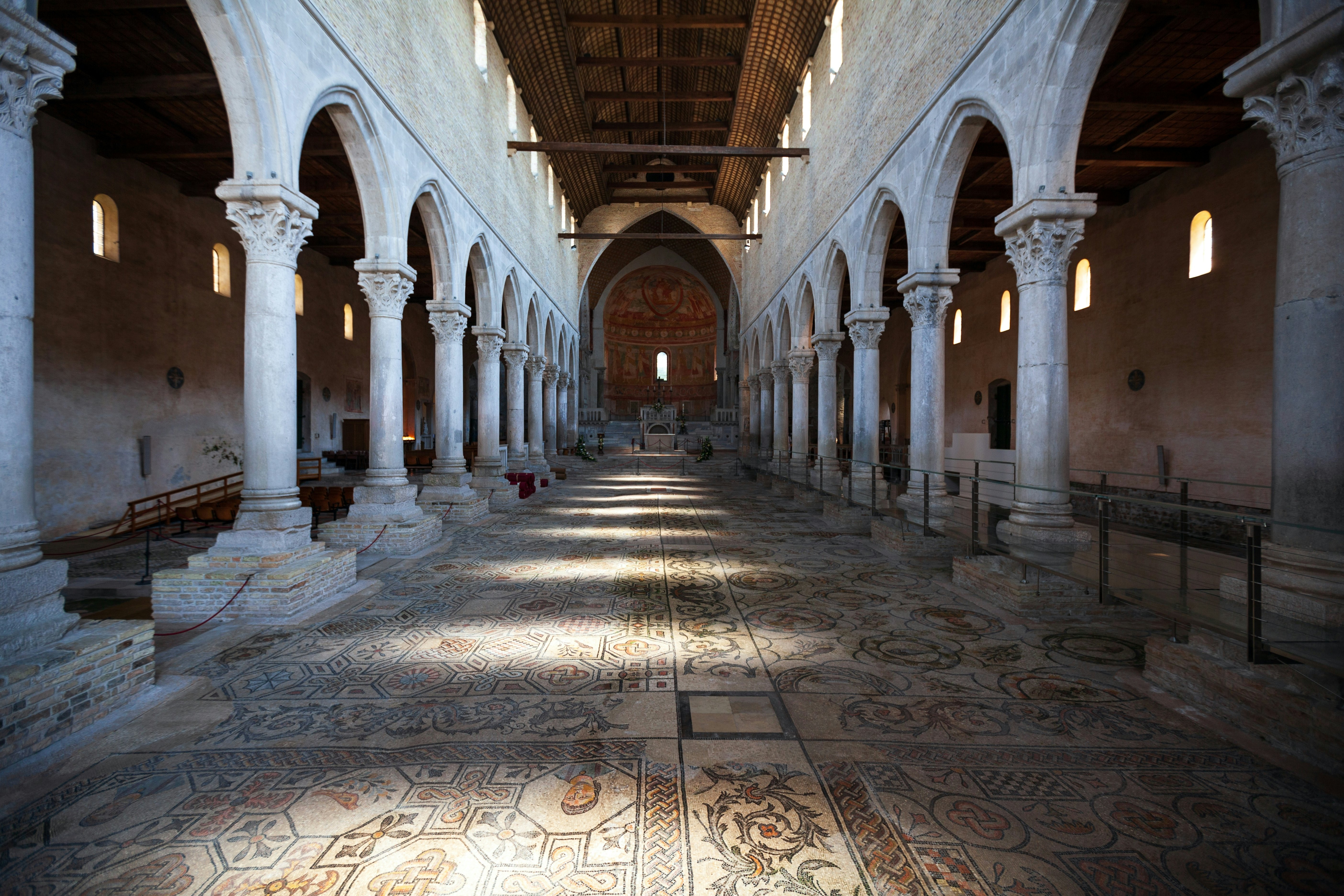
8. Day trip to historic Aquileia
An hour from Trieste, Aquileia’s extensive ruins and extraordinary mosaics offer a snapshot of a life of ancient elegance. The best way to approach this important Roman site is to start at the Foro Romano, moving on to the Domus di Tito Macro, one of the largest Roman homes ever found in northern Italy. This grand villa has been painstakingly reconstructed, complete with terracotta shutters and a new roof. Head into the 5th-century Domus e Palazzo Episcopale (Bishop’s House) to view stunning 4th-century mosaics of grapes, fruit baskets, fish, birds and more.
Finish off at the must-see Basilica di Santa Maria Assunta, where a mid-14th-century wooden ceiling rises over an incredible 4th-century mosaic floor – one of the world’s largest intact Christian-themed mosaics. The scenes from the story of Jonah and the whale and the intricate depictions of lagoon wildlife are simply mind-blowing. Don’t miss the twin crypts – one with 12th-century frescoes and the other containing more mosaics.
Planning tip: Get an overview of Roman Aquileia at the Museo Archeologico Nazionale, southwest of the Basilica di Santa Maria Assunta.
9. Take a foodie excursion to Udine
Northwest of Trieste, Udine may have ceded its status as the capital of Friuli in the 1950s, but this wealthy provincial city has an infectious Renaissance-Venetian vibe, and it remains the region’s spiritual – and, more importantly, gastronomic – hub. Between meals, don’t miss the incredible early frescoes by Giambattista Tiepolo inside the Museo Diocesano & Tiepolo Galleries and the shimmering Renaissance epiphany that is Piazza della Libertà.
When hunger calls, brush up on your knowledge of Friulian cuisine at charming Al Vecchio Stallo; the gnocchi di Sauris (bread dumplings) and frico (heated Montasio cheese and potatoes) are both excellent. Small local producers drive the traditional menu at Hostaria alla Tavernetta; try the wonderful cjarsons (ravioli stuffed with potato, smoked ricotta, herbs, raisins and cinnamon). The chalkboard menu at rustic Osteria Al Marinaio changes weekly, but invariably features tasty frico.
This article was adapted from Lonely Planet’s Italy guidebook, published in April 2025.










